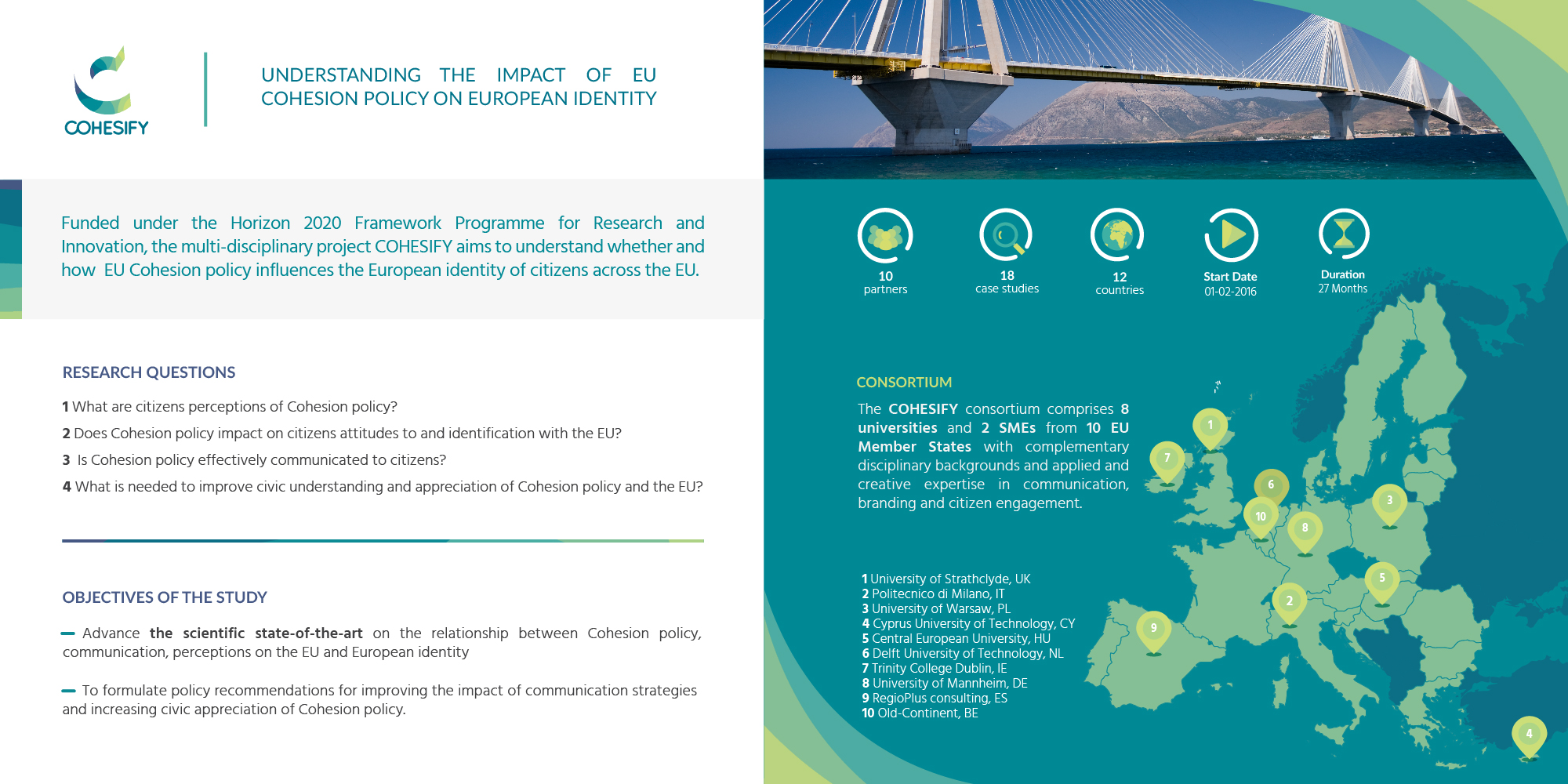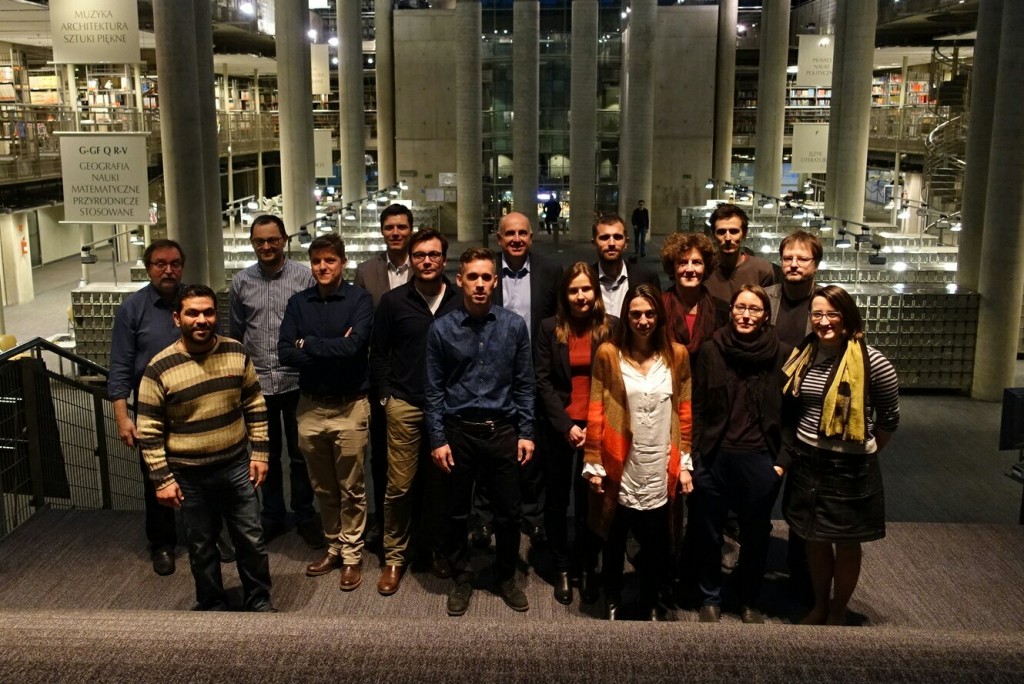The more EU money, the more people like Europe or can you buy EU love with money? EU Cohesion policy spending in regions and the perceptions of the European integration project
The EU spends roughly 100€ per citizen per year on regional funds, as part of EU Cohesion policy supporting territorial, economic and social cohesion across the EU’s territories. The funding is invested in creating jobs, improving infrastructure, organising trainings, cross-border cooperation projects. The Netherlands, for instance, was allocated €830 million for investment in fields such as research and innovation, urban development, environment and energy or SME support. In the 2007-2013 period, about €29 billion from the European Regional Development Fund (ERDF), of the main tools of, was spent for urban development and social infrastructure in cities. The initiatives supported included investments in deprived areas and support for economic growth, cultural heritage and strategy development. In the current 2014-2020 period, minimum 50% of the ERDF resources will target urban areas. Roughly €10 billion will be directly allocated to integrated strategies for sustainable urban development in about 750 cities.
The COHESIFY project funded by the Horizon2020 Framework Programme for Research and Innovation is investigating whether people in Europe are aware of the EU’s Regional Policy programmes or projects in their regions and in how far they identify with the EU. In particular, the project investigates how, on the one hand, (1) the ways in which the funding is used and its results communicated, and, on the other hand, (2) the characteristics of the regions where it is used (territorial, socio-economic, institutional), affect the ways in which citizens perceive the EU.
For two years, a consortium of 8 partner universities across Europe and 2 SMEs – among them a team from the TU Delft’s Faculty of Architecture and the Built Environment (Urbanism and OTB) – is conducting multi-disciplinary research on the topic. In the current context of Brexit and discussions on the future of Cohesion Policy at European level, the project is very much needed to give orientation and guidance to politicians and policy-makers at the European, national and regional levels. One of the main objectives is to better understand the relationship between the levels of EU-funding received in certain regions and the level of support to the European Union achieved. For example, Wales and Cornwall in the United Kingdom, is a relatively peripheral region that lags in economic development, and thus also one of the so-called “net-beneficiary regions”, receiving more money from the European Union’s Cohesion policy funds than what it pays. Despite this, the Welsh and Cornish citizens have voted “leave” this summer. Why? Has the use of the EU funds been ineffective or perhaps have the results gone unnoticed by the wider public? With nationalism on the rise in many European countries, there is a growing concern whether the European Union is still reaching its citizens today and whether the money is well spent in this respect. Therefore, one of the fields of interest will also be to analyse the communication campaigns on EU Regional funding that were conducted in numerous regions.
The recent consortium meeting at Warsaw University, on 7-8 December 2016, was an opportunity to discuss first results from this research and prepare ground for in-depth case studies that will be carried out in 2017, including one on the Netherlands carried out by the TUD team. As part of this case study we will focus on two Dutch provinces with very different territorial settings and structures for governance of EU funding: Limburg, heavily engaged in cross-border cooperation programmes; and Flevoland, which has been the Dutch region benefiting from the most significant allocations of EU funds.



